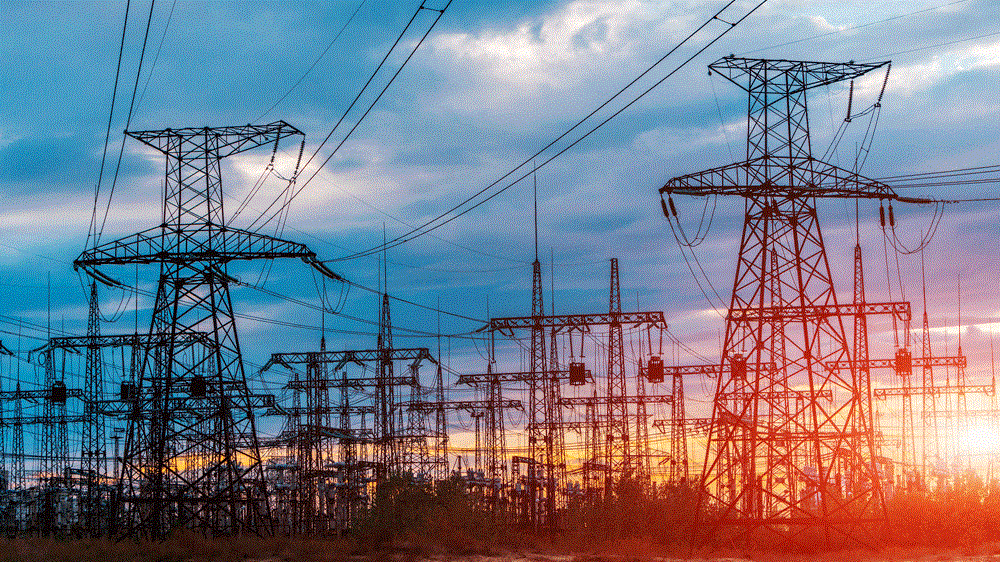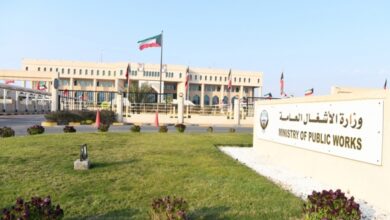
According to a report cited by MEED magazine, the energy capacity across the Middle East and North Africa (MENA) region is projected to surpass 630 gigawatts by 2030. This increase reflects a significant shift in the region’s energy landscape, with thermal energy expected to decline from 92% to 80% of the total installed capacity during this period.
The report, issued by Global Data, forecasts that the combined power generation capacity in 17 countries within the MENA region will climb from 442.5 gigawatts in 2020 to 633.5 gigawatts by 2030, representing a compound annual growth rate exceeding 4%, reports Al-Anba daily.
In 2023, the total estimated power capacity in these 17 countries stood at 484.3 gigawatts. The report anticipates a notable decrease in the share of thermal power generation capacity, dropping by 12 percentage points from 92% in 2020 to 80% in 2030. Additionally, the report projects the emergence of nuclear power capacity, expected to reach 7.1 gigawatts by 2030, primarily from the Al Baraka plant in Abu Dhabi and the initial reactors at the Dabaa nuclear power plants in Egypt.
Renewable energy sources, including hydropower, are forecasted to represent the remaining proportion of total capacity during the ten-year period. Morocco, Jordan, Egypt, Saudi Arabia, and the United Arab Emirates are predicted to lead in installed renewable energy capacity, ranging from 20% to 61% of their total installed power generation capacity by 2030, based on Global Data’s standards and methodologies.
Conversely, Kuwait, Lebanon, Algeria, Bahrain, and Libya are expected to maintain lower levels of renewable energy penetration, accounting for 10% or less of their total energy mix by 2030.













